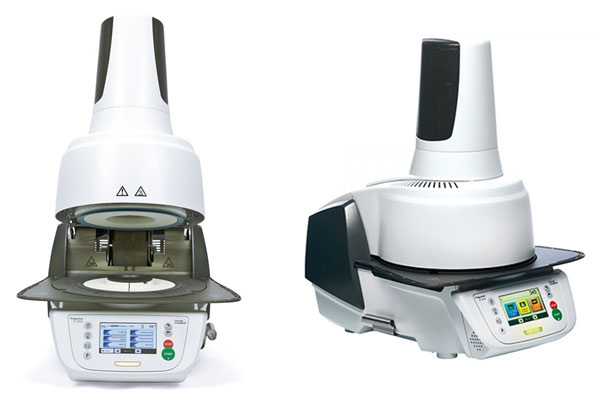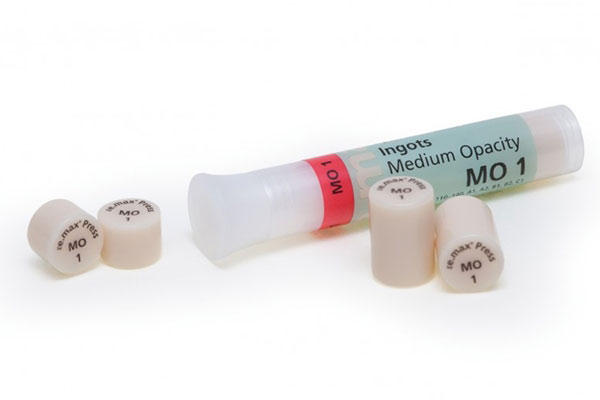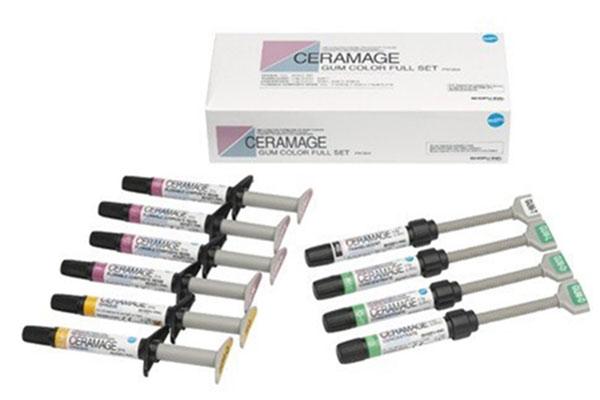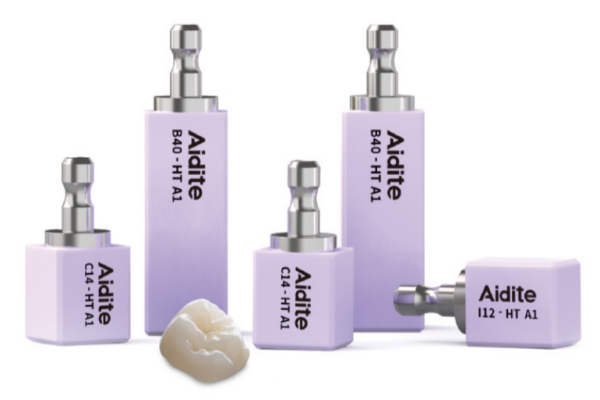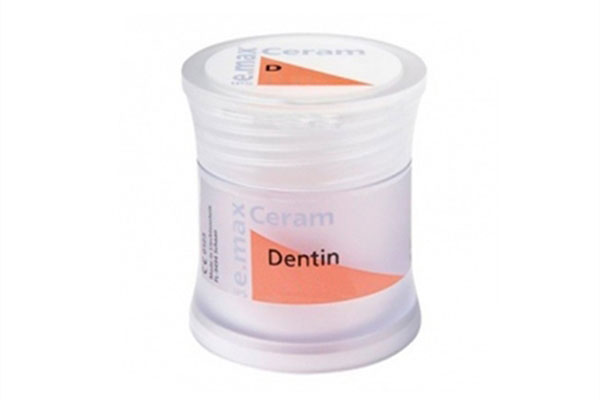Dental Inlay Dental Lab from China
Robust Dental Inlay
A dental inlay is a type of restoration used to repair a moderately damaged or decayed tooth. It’s a solid filling made from materials like ceramic, gold, or composite resin.
Dental inlays are fabricated outside the mouth, and then cemented into the damaged place of the tooth (often the chewing surface) to restore its shape, strength, and function. They’re typically used when the damage or decay is too extensive for a traditional filling but not severe enough to require a crown.
Featured Dental Inlay
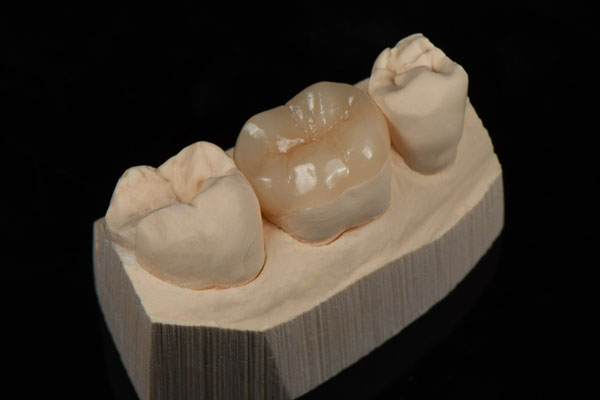
E.max Inlay
Usually, there are PFM, metal, and zirconia Inlays. However, most of our current Inlay cases are made of E.max material, because it is natural-looking, durable, and bio-compatible. The most important thing is that it is less likely to slip off.
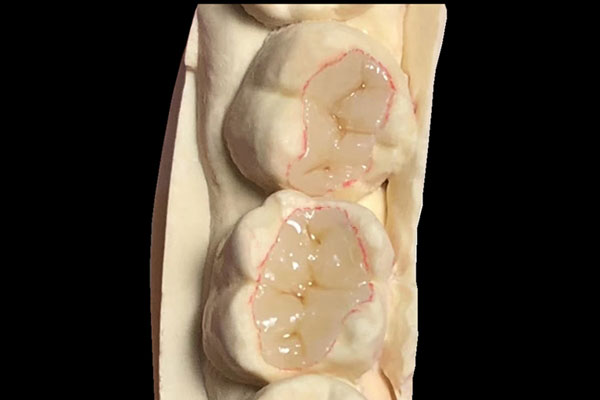
Composite Inlay
Inlay made of composite material is popular among patients. It is bio-compatible and natural-looking. The biggest advantage is that composite material allows dentists to easily repair the prosthesis by themselves. It can be frequently repaired if the prosthesis wears out over time.
Robust Inlay Specification
| Product: | Dental Inlay/ Onlay |
| E.max inlay: | IPS E.max Ingots, Ivoclar from Liechtenstein |
| E.max ceramic: | E.max Ceram, Ivoclar from Liechtenstein |
| Composite inlay: | SHOFU from Japan |
| Way of manufacturing: | CADCAM, Traditional E.max press |
| Design software: | 3Shape |
| Our Scanning Device: | 3Shape |
Dental Inlay Lab Equipment & Material
Inlay/ Onlay FAQ Guide
1. What is the difference between dental fillings and inlays?
In theory, the two methods can be used interchangeably, but inlays are often used for larger spaces. Both methods require removing the existing caries and then filling them with a drill, but the way the caries are filled is their main difference. During the filling process, the space is filled with amalgam, metal or composite resin, which is a faster process and requires only one clinical visit.
With inlay, the space is filled by a single, usually laboratory-made, solid part, usually made of a material such as gold, ceramic or composite resin. The inlay must be made precisely to the shape and size of the void, otherwise food and bacteria can enter the void and cause further decay. The advantages of inlays are that they do not shrink like fillings after placement. There is less chance of restoration failure, and there is less gap between the filling and the surrounding tooth structure. Inlays also produce harder and more durable surfaces when chewed, so they should be more reliable in the long run.
Traditional fillings can reduce the strength of natural teeth by 50%. As an alternative, bonding inlays or onlays directly to teeth can actually increase tooth strength by 75%. Therefore, they can be used for 10 to 30 years.
2. What types of Dental inlays does Robust dental supply?
Here are some common inlay types:
- E.max
- composite resin
- gold
Most inserts are now made of E.max or composite resin, a result of the growing desire for more natural teeth and the improved ability of restorations to stick to teeth.
3. What are the advantages and disadvantages of dental inlays?
Here are some of the main advantages and disadvantages of dental inlays:
Advantages of dental inlays
Inlays are an indirect repair (fill) method used to repair large areas of damage or voids. Inlays have several advantages over traditional (direct) fillings:
- The inlays are very strong and durable. Especially well-made gold inlays, with proper care, have an extraordinary longevity.
- Ceramic inlays give restored teeth a natural, aesthetic appearance. They can make restored teeth almost indistinguishable from surrounding natural teeth
- Compared with traditional fillings, inlays have better physical properties. Because inlays are custom-made for the patient, they can achieve better aestheticss, contact points and occlusion.
- Inlays have less microleakage (diffusion of bacteria/oral fluids between the tooth and filling material) and lower postoperative sensitivity than direct fillings, better protecting the remaining natural teeth.
Disadvantages of dental inlays
Inlay is a very popular restorative technique used to preserve natural teeth, but the general disadvantages of inlays include:
- Higher cost compared to traditional fillings, due to the need for a dental laboratory
- Extending the procedure by requiring two appointments, compared to traditional fillings
- Complications such as edge leakage or food staining could develop over time
- There is a risk of loss of vitality from tooth extraction
4. What is a good dental inlay?
Whether a dental inlay is good or not is its margins. The margins of a dental inlay should not be thick (no steps). A great inlay should precisely fit the delayed area of the natural tooth. So when the inlay is placed, no microleakage or food trap will occur, and the patients will not feel the steps with their toungs. such inlay can also provide stability and strength for the strong biting forces. To achieve this, a good dental lab is necessary. Robust dental lab is frequently praised by dentists, because of its perfect magins with dental inlays.
